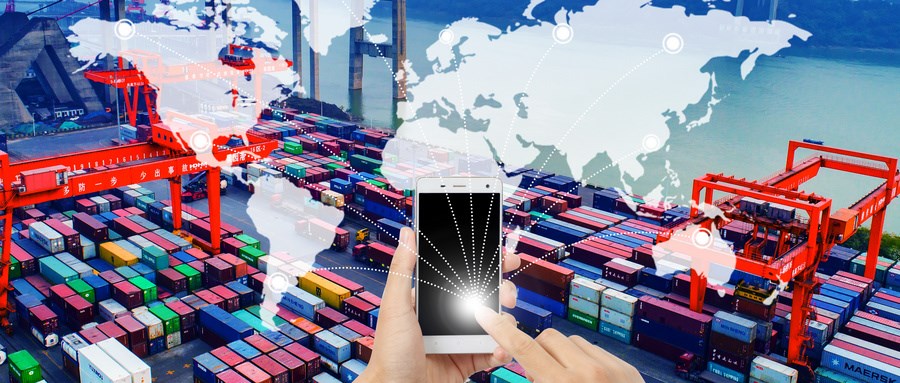Digital Reshaping: A Paradigm Shift in Cross-Border Logistics


In the fast-evolving realm of cross-border logistics, a profound digital metamorphosis is underway, unraveling solutions to the complex challenges that the industry grapples with. This article delves into the transformative power of digital technology, dissecting how its integration can catapult logistics companies to unprecedented heights of efficiency, cost-effectiveness, and unparalleled customer experiences, ultimately fortifying their competitive edge.
Digital Reshaping: A Paradigm Shift in Cross-Border Logistics
The prevalence of digital techniques in the cross-border logistics domain has surged significantly, ushering in a new era of operational excellence. Enterprises, through successful digital transformations, have not only achieved substantial improvements in logistics efficiency but have also elevated the quality of services rendered. Digitization emerges as the driving force behind the ability of logistics firms to boost efficiency, cut costs, optimize customer experiences, and, consequently, enhance their competitive prowess.
Case Studies: Pioneers in the Digital Logistics Landscape
1. Nine-Party Conveyance: Leading the FBA Revolution
Nine-Party Conveyance, a prominent Chinese cross-border logistics company, has harnessed the power of digitalization to provide comprehensive FBA-related services to Amazon sellers. The linchpin of their success lies in an autonomously developed information system, facilitating the digitized management of the entire logistics process. This innovation has not only augmented operational efficiency but has also elevated service quality, providing a competitive advantage that addresses traditional logistics challenges like high labor costs and opaque information.
2. Speedy Delivery by Shunfeng: Where Automation Meets Intelligence
Shunfeng Express, a premier courier company in China, stands as a testament to the transformative impact of digital technology. Achieving full automation and intelligence from order placement to delivery, Shunfeng’s digital system autonomously plans optimal delivery routes and predicts delivery times. The result is heightened efficiency and reduced costs, showcasing the immense potential of digital technology in revolutionizing traditional logistics workflows.
3. Debon Express: Real-Time Mastery of Logistics
Debon Express, another Chinese logistics giant, has embraced real-time tracking and management of goods through digital transformation. Their digitized system automatically identifies the location and status of goods, offering customers real-time information. This not only enhances customer satisfaction but also elevates overall service quality, showcasing the multifaceted benefits of digitalization in logistics.
Addressing Challenges Through Digital Innovation
- Enhanced Efficiency: Digital technology’s automation and intelligent processing of logistics information optimize transport routes and delivery times, effectively reducing labor costs and resource wastage.
- Mitigated Delays and Losses: Real-time monitoring enabled by digital technology facilitates prompt issue detection and resolution, minimizing delays and losses in the logistics pipeline.
- Elevated Service Quality: Real-time information provided by digital technology keeps customers informed, augmenting satisfaction and service quality. Amplified Supply Chain Transparency: Real-time sharing of logistics information enhances supply chain transparency, aiding businesses in better inventory management and demand forecasting.
- Cost Reduction: Automation and intelligent handling of logistics information by digital technology lead to a reduction in labor costs and resource wastage, ultimately lowering overall costs.
Digital Triumphs: The Nine-Party Conveyance Advantage
- Automation and Intelligence: Digital technology has automated and intelligentized the entire logistics process, from order processing to transportation distribution, enhancing efficiency and diminishing human errors.
- Real-time Monitoring and Management: The ability to monitor the transportation status of goods in real-time provides transparent and accurate logistics information, boosting customer satisfaction.
- Data Analysis and Forecasting: Data collection and analysis aid in forecasting transportation needs, optimizing strategies, and contributing to cost reduction and profit maximization.
- Swift Response and Flexibility: The agility to respond swiftly to market changes and customer demands, coupled with flexibility in adjusting logistics schemes, enhances service quality and customer satisfaction.
Sharing is caring!

